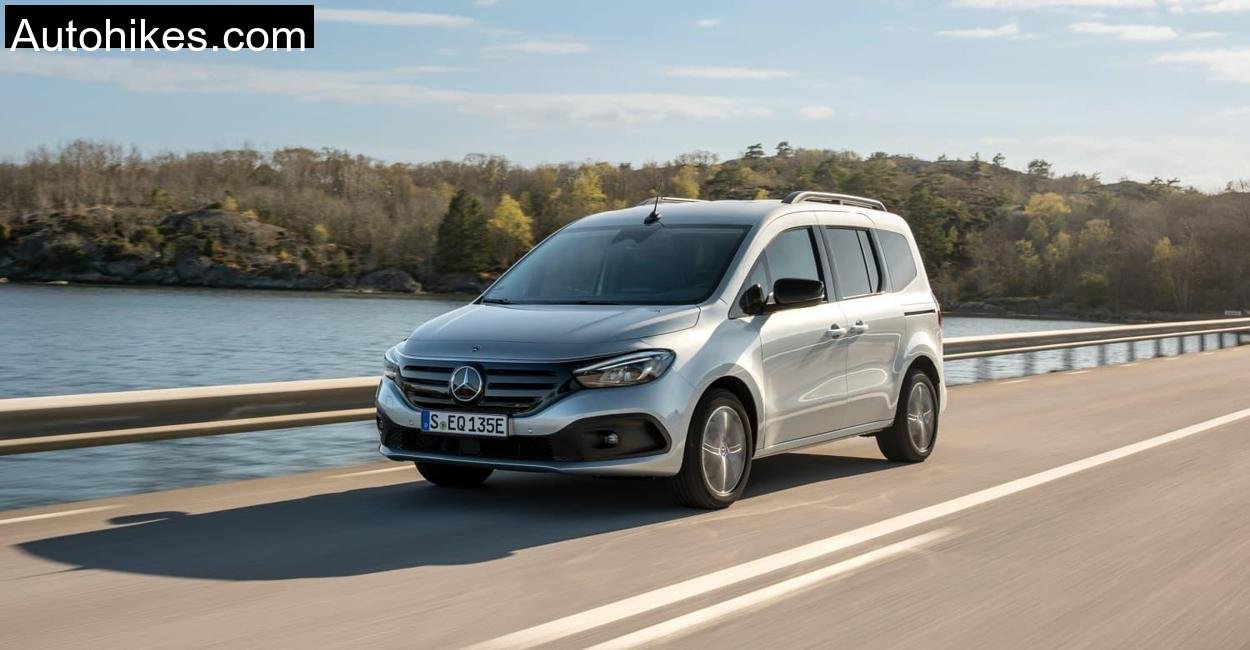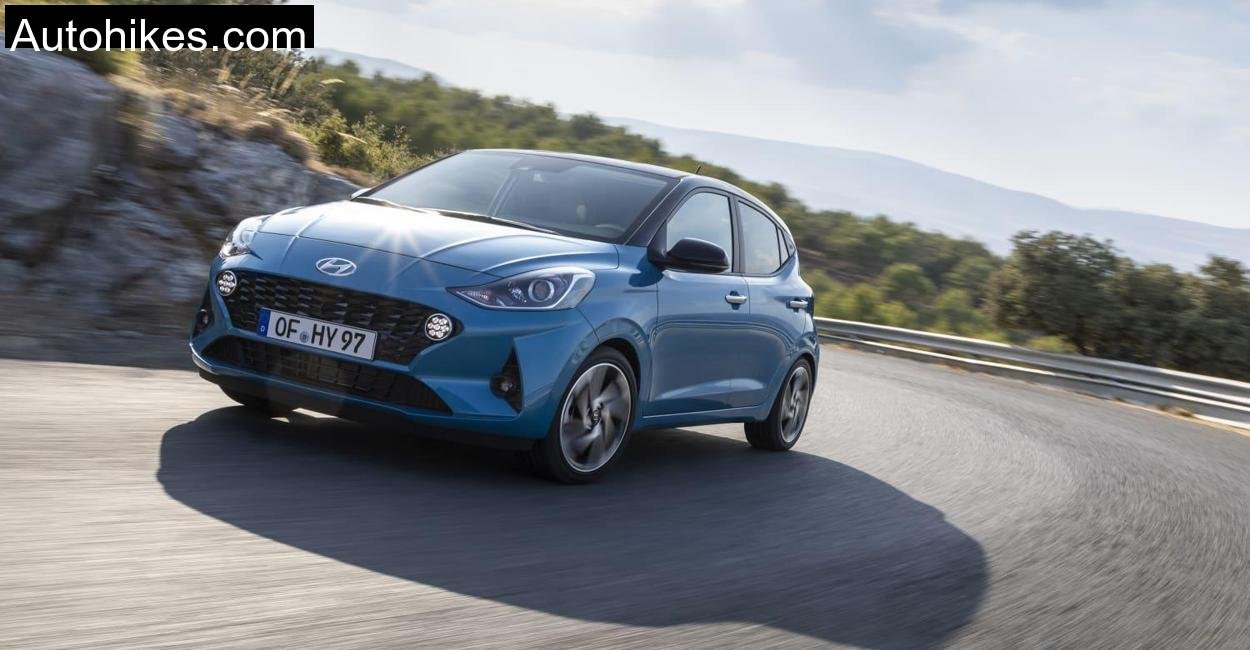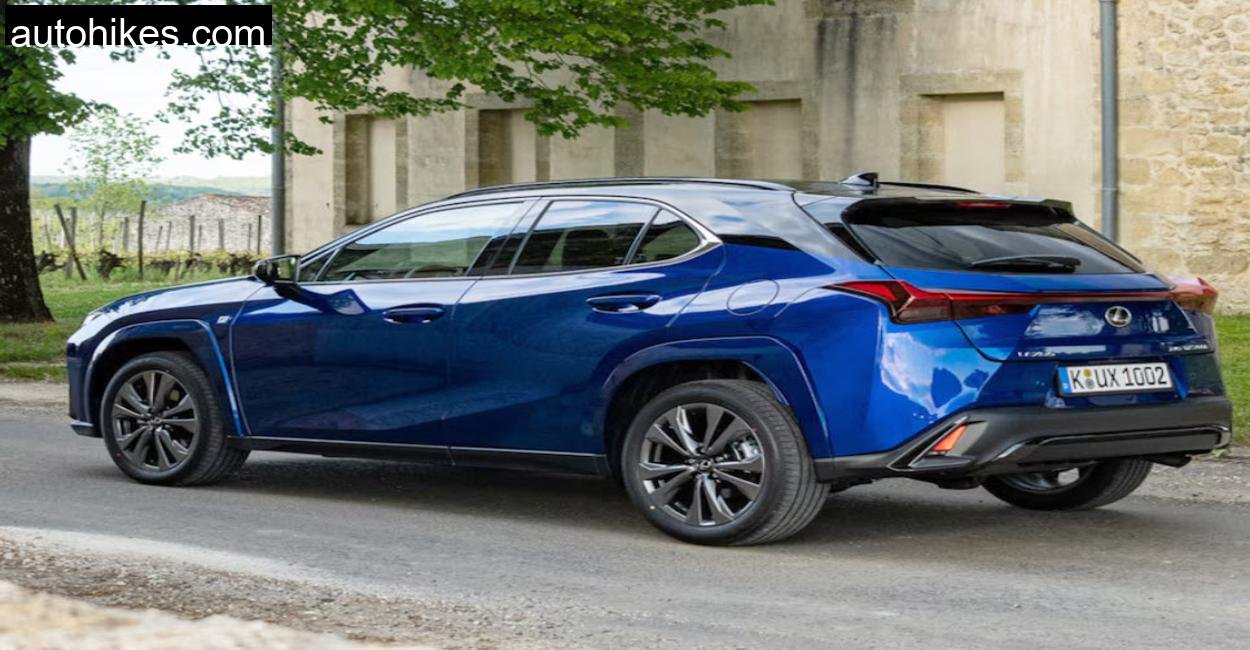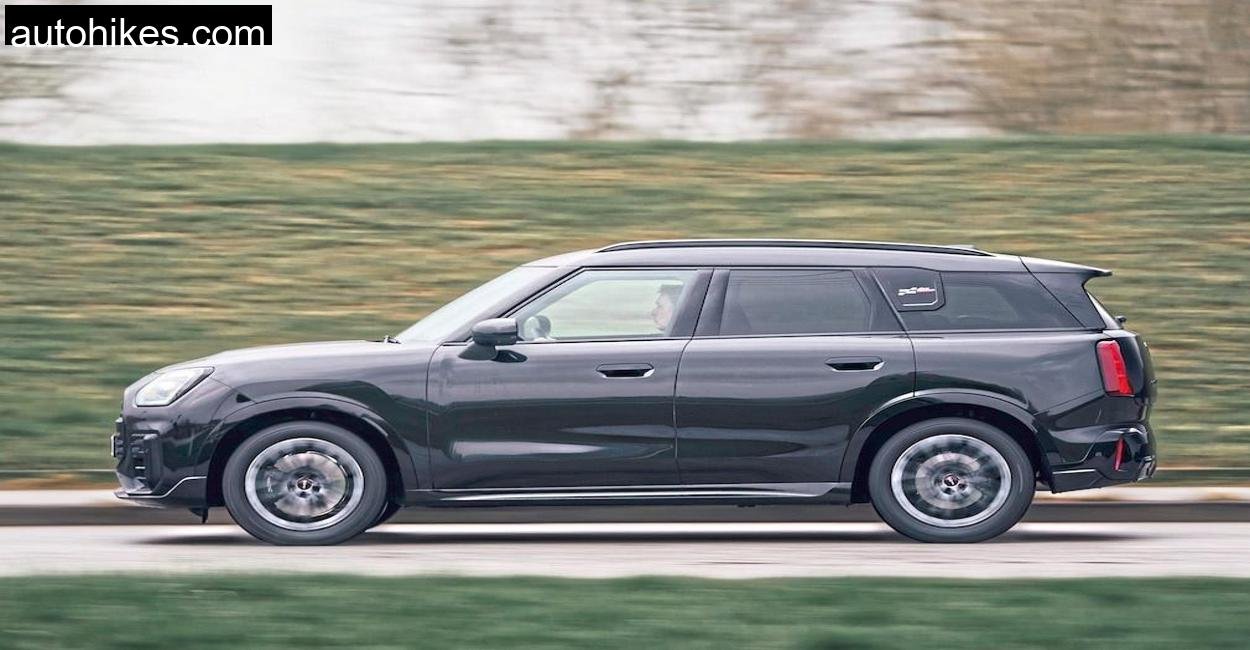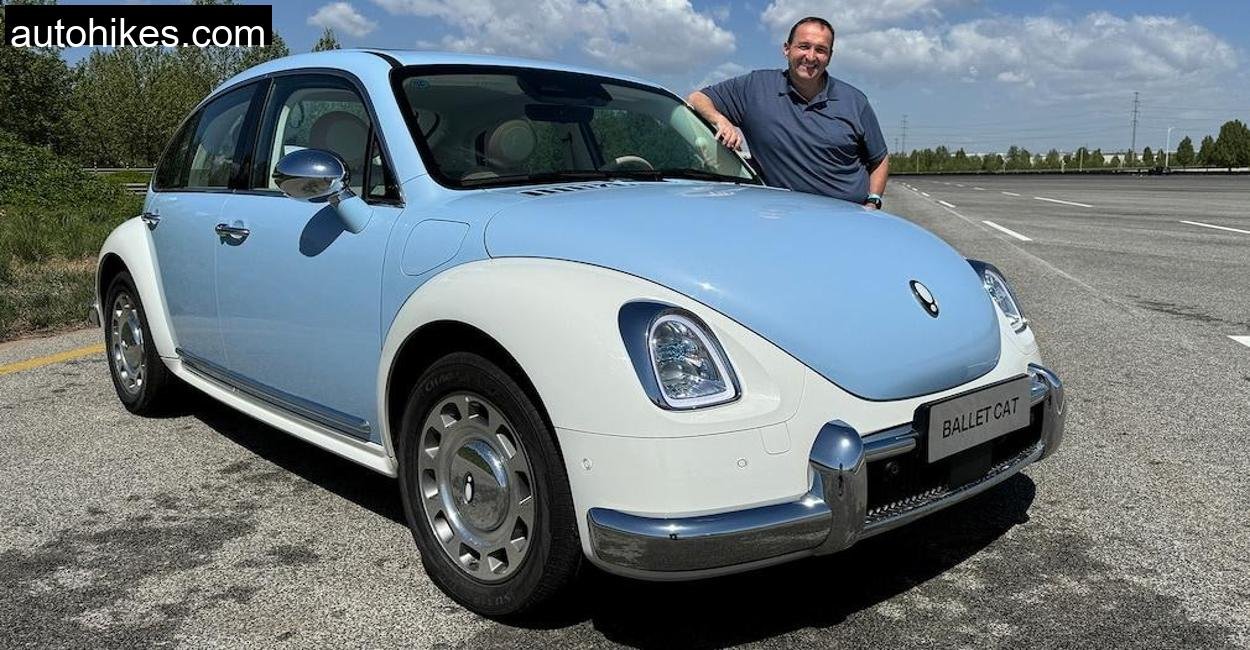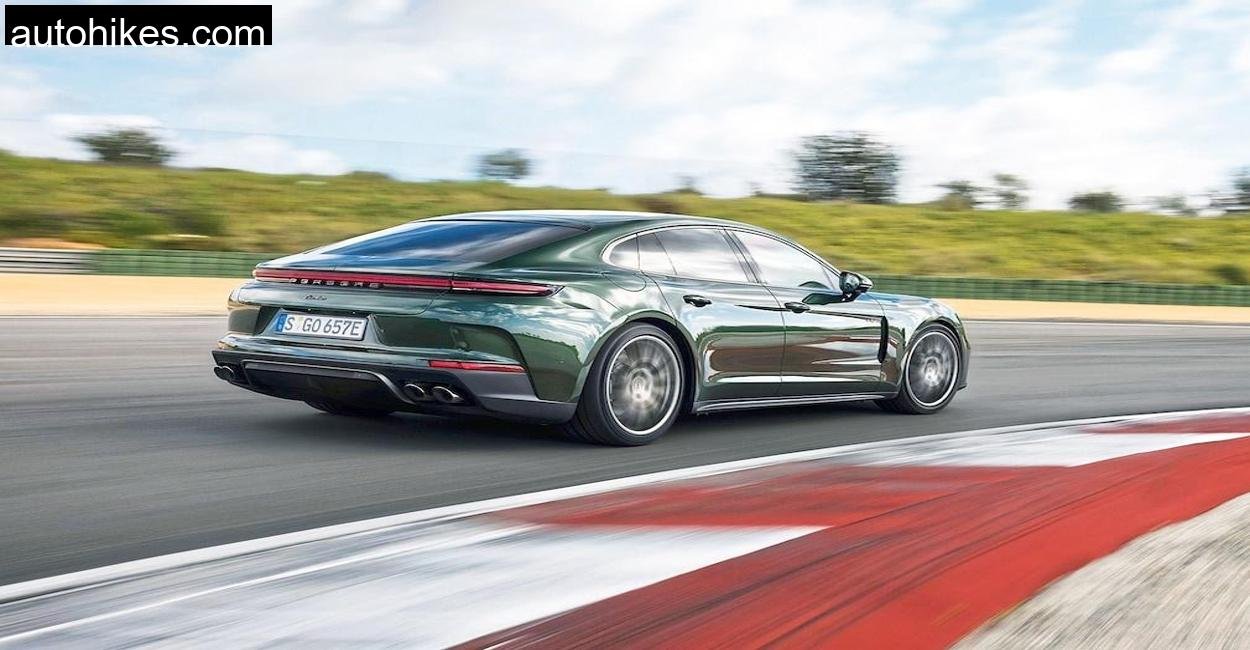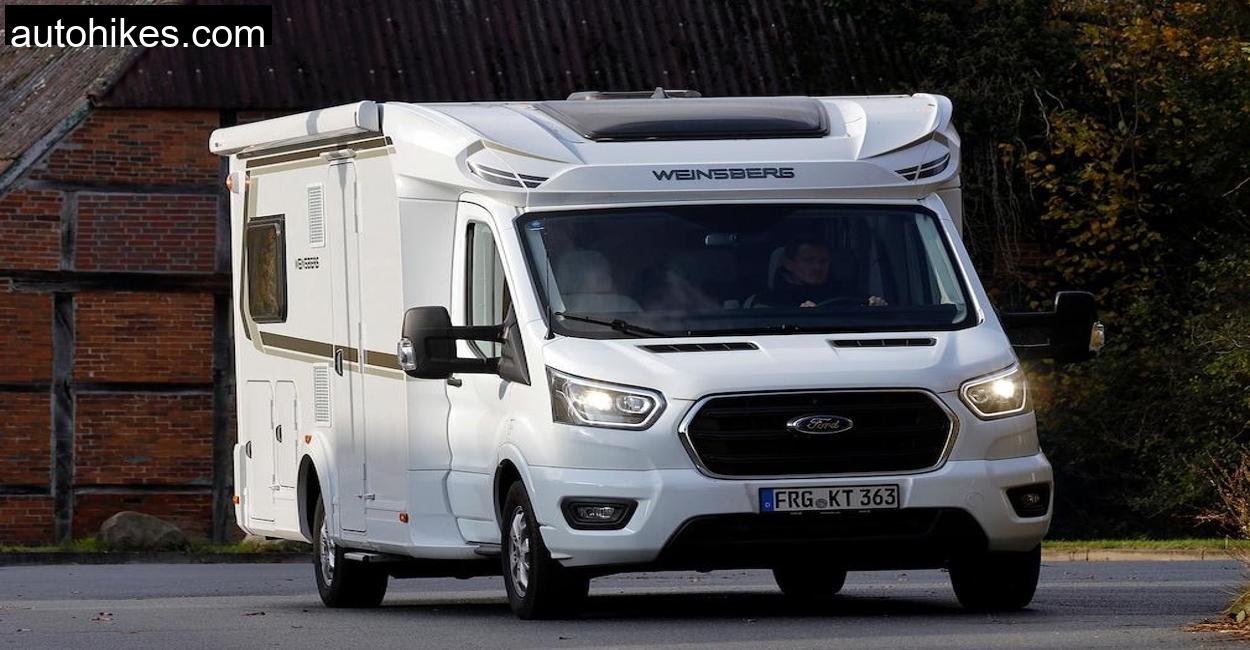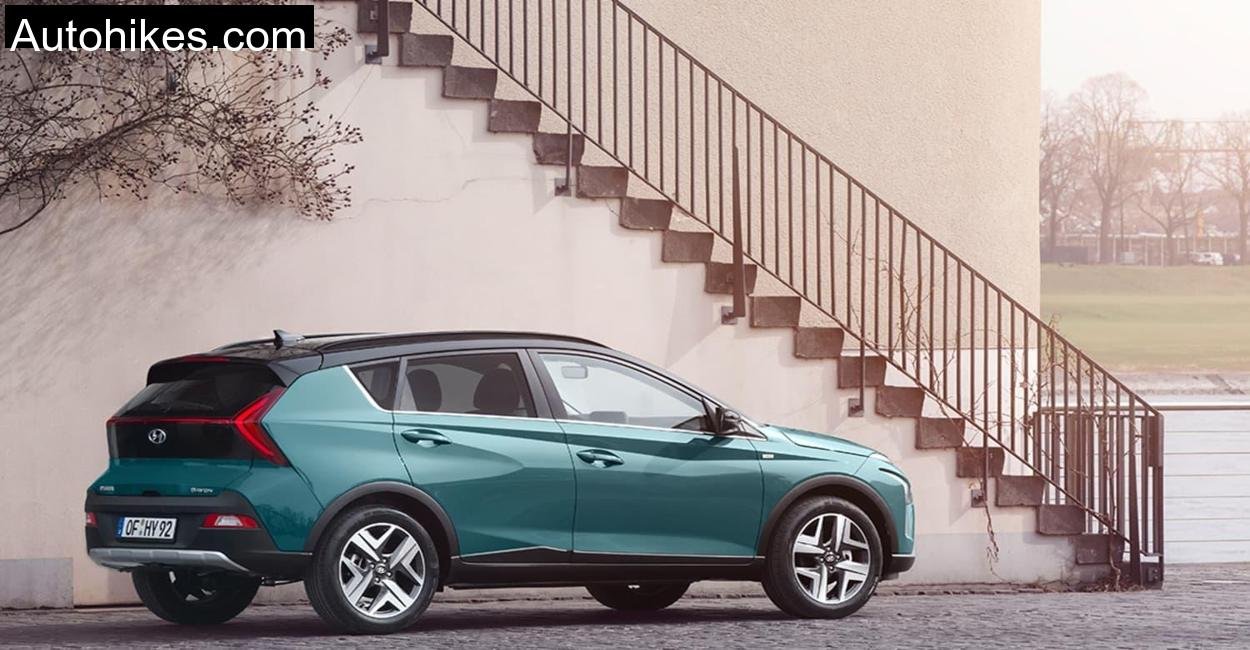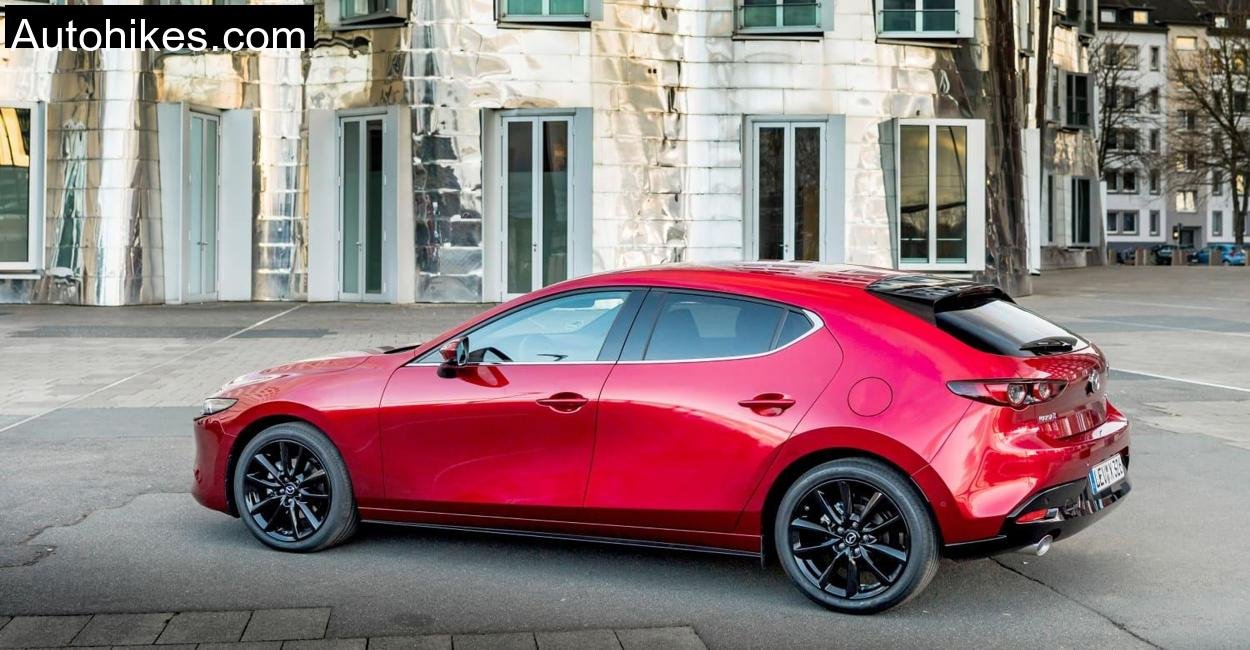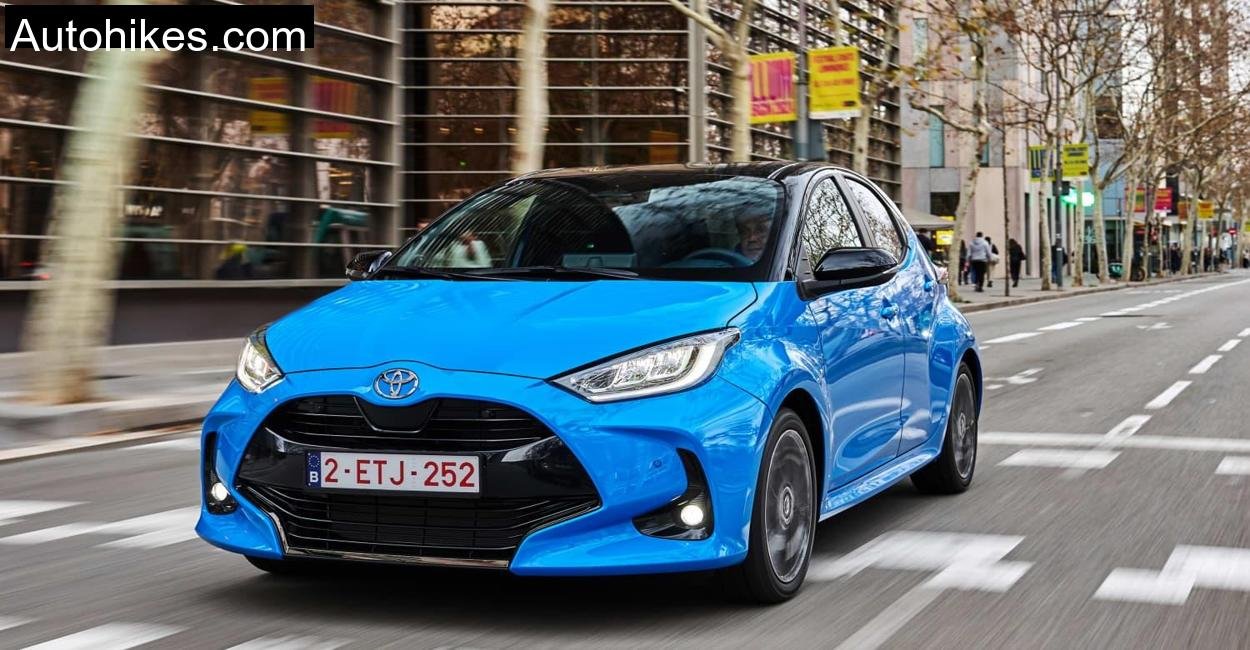It was a crisp, early spring morning when we set out with the Mercedes EQT to explore the rolling hills and dense woodlands of the Thuringian Forest in Germany. The goal wasn’t just to enjoy the scenery, it was to put this electric van through a rigorous real-world test. There’s something poetic about taking an EV into such a natural setting, where silence is golden and sustainability matters. Yet, this wasn’t about poetry, it was about performance.
The Mercedes EQT is the fully electric sibling of the T-Class, sharing DNA with the Renault Kangoo E-Tech Electric. It’s marketed as a small van but designed with families and urban explorers in mind. With up to seven seats, a high roofline, and a 45 kWh battery, it claims a respectable WLTP range of 277 kilometers. But how does that hold up when you’re navigating switchbacks, climbing gradients, and cruising through valleys? That’s what we were about to find out.
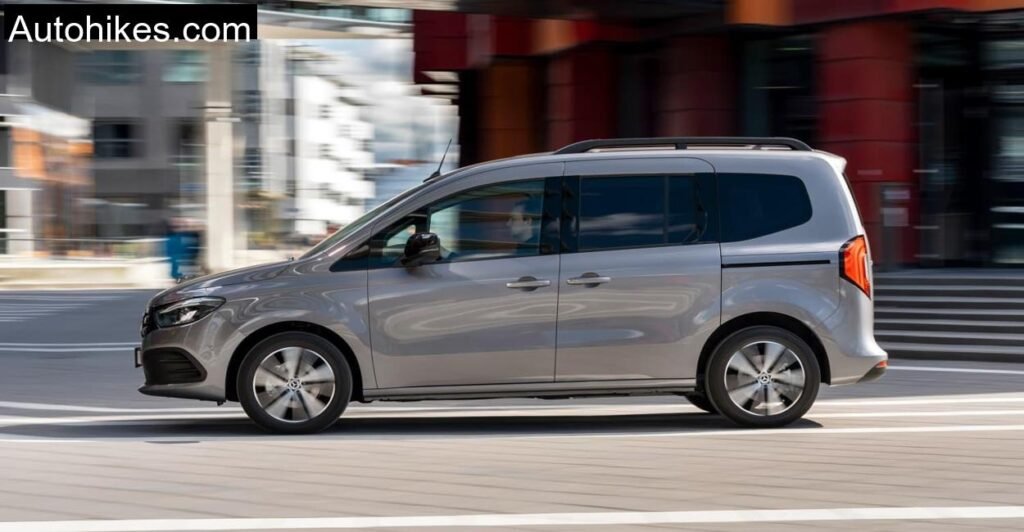
Design and Space: Practical, Conservative, and Familiar
Standing next to the EQT, you quickly realize that Mercedes hasn’t gone bold with the design. It mirrors the T-Class almost identically, keeping things conservative. No spaceship aesthetics here, just a clean, upright profile that screams utility. That’s not necessarily a bad thing. The EQT’s boxy shape and high roof are excellent for interior space, and that’s exactly what families and campers want.
Inside, the EQT welcomes you with a mix of analog and digital. The MBUX infotainment system dominates the dashboard, but thankfully, Mercedes retained physical climate dials, a thoughtful touch. The seats are supportive, and visibility is excellent thanks to the large windows. The sliding rear doors make entry and exit smooth, especially in tight parking spaces.
Rear space is ample for kids and teens, though adults might find legroom a bit limited if the front seats are pushed all the way back. The boot space starts at 530 liters and stretches to nearly 2000 liters with the rear seats down. However, the floor isn’t entirely flat when folded, which slightly compromises loading ease.
Technical Specifications: Know the Numbers
To provide reliable data, we refer only to the official Mercedes site for specifications.
| Specification | Value |
|---|---|
| Motor | Electric, 90 kW (122 PS) |
| Torque | 245 Nm |
| Drive | Front-wheel drive |
| Battery Capacity (Net) | 45 kWh |
| WLTP Range | 277 km |
| Real-world Range (Tested) | 235 km |
| 0-100 km/h | 12.6 seconds |
| Top Speed | 132 km/h |
| Consumption (WLTP) | 19.6 kWh/100 km |
| Real-world Consumption | 22.2 kWh/100 km |
| DC Charging | Up to 80 kW |
| AC Charging | Up to 22 kW |
| Boot Volume | 530 – 1990 liters |
| Towing Capacity (braked) | 1,500 kg |
| Price (as tested) | €54,823 |
Real-World Driving: Thuringian Forest Trials
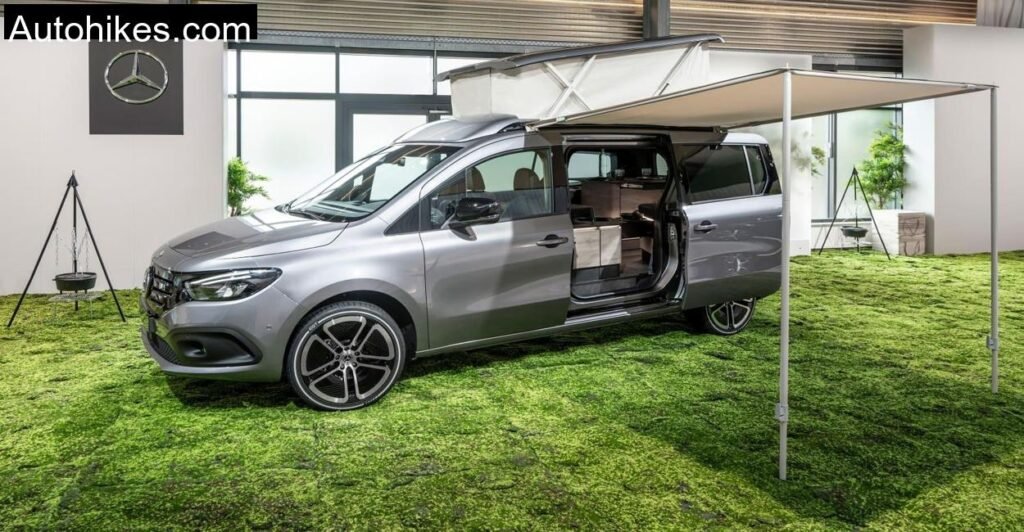
Our route took us from the outskirts of Eisenach deep into the heart of the Thuringian Forest. Winding roads, frequent elevation changes, and the occasional fast autobahn stretch, this wasn’t your average city loop. The EQT’s electric motor delivered smooth, linear power from the get-go. In urban sections, it felt nimble and refined, with the typical silence of an EV making the cabin a peaceful place.
Climbing up steeper gradients, the 245 Nm of torque did a decent job. It’s not a sports car, but for a van, the acceleration was more than satisfactory. Overtaking tractors on narrow forest roads from 60 to 100 km/h took around 7.4 seconds, which felt adequate. The regenerative braking, adjustable in two stages, allowed for single-pedal driving in many situations, particularly useful on downhill curves.
On the autobahn, the story was different. The EQT hits its top speed at 132 km/h, and while it holds it comfortably, pushing past 110 km/h quickly drains the battery. After just 180 kilometers of mixed driving, we were down to 16% charge. That’s when we pulled into a roadside charger in Ilmenau. Connected to a 100 kW DC charger, the EQT peaked at 78 kW but averaged around 58 kW. It took 38 minutes to go from 10% to 80%, not bad, but not groundbreaking either.
Comfort and Usability: Built for the Family
On long stretches through open countryside and quiet villages, the ride comfort stood out. The suspension is tuned more for comfort than handling, and it smooths out bumps and potholes with ease. The cabin is well-insulated, and even at 130 km/h, the interior noise level was a modest 71.1 dB(A), quiet enough for easy conversation.
The seating position is commanding, and the ergonomics are mostly spot-on. However, the touch-sensitive steering wheel controls can be finicky. Often, I’d accidentally change settings with the side of my thumb. Thankfully, the infotainment system is responsive, and voice commands via “Hey Mercedes” worked well even in rural areas without perfect reception.
The EQT supports Apple CarPlay and Android Auto, and our phones connected seamlessly. Navigation was accurate, and the range prediction adjusted dynamically based on terrain and driving style, a nice touch.
Camping and Versatility: Marco Polo Potential
Mercedes is also marketing a camper version of the EQT called the Marco Polo, complete with fold-out bed, kitchenette, and even a roof tent. While we didn’t have the camper version on this trip, we could see its appeal. Imagine parking by a lake in the forest, popping up the roof tent, and cooking dinner on an induction stove powered by solar panels. Mercedes promises removable camping modules, which means the EQT can transform back into a daily driver during the week.
That said, the limited range and slower DC charging may complicate longer, off-grid camping adventures. A lot will depend on how well you plan your charging stops.
Price and Value: Premium Comes at a Cost
As tested, the EQT Premium Plus came in at over €54,000. That’s a steep entry for a van, especially when you consider that the Renault Kangoo E-Tech starts over €10,000 cheaper. Even after Mercedes applied some temporary discounts, the base Premium Plus still sits around €43,000.
Is it worth it? If you’re looking for a premium electric family van with the Mercedes badge and creature comforts, perhaps. But if range and cost-efficiency are your primary concerns, alternatives like the Fiat e-Dobló or Peugeot e-Rifter might make more sense.
Conclusion: A Van for the City, Not the Autobahn
After a full day of driving through the Thuringian Forest, the Mercedes EQT had shown both its strengths and weaknesses. It’s a practical, comfortable, and well-equipped van that suits city life and shorter road trips perfectly. The visibility, comfort, and tech make it a joy to use daily.
However, its limited range, average fast-charging speed, and high price tag make it less ideal for long-distance family vacations. Mercedes could’ve set a new benchmark for electric vans, but the EQT falls just short of that mark. It’s a good van, but it could have been a great one.
What is the real-world range of the Mercedes EQT?
In our test, the EQT managed about 235 kilometers on a full charge under mixed driving conditions.
How long does it take to charge the Mercedes EQT?
Using a 22 kW AC charger, it takes around 2.5 hours to fully charge. On a DC fast charger, it takes about 38 minutes to go from 10% to 80%.
What is the towing capacity of the Mercedes EQT?
It can tow up to 1,500 kg (braked), making it suitable for small trailers or boats.
